By AP and Samantha
I’ve had trouble figuring out my skin type. I’ve thought that I had combo skin for most of my life, but recently I found out that my skin was on the dry side. Using products that stripped my skin of dryness was very detrimental for my skin. It is extremely important to know your skin type and to buy products accordingly.

Knowing your skin type will help you plan an ideal skincare routine, pick the right products for your type, and avoid products that aren’t. With your skin type in mind, you’ll also be better able to tackle other skin issues, like acne.
Although there are many subtypes of skin types (sensitive, acne-prone, aging), there are only four skin types: oily, dry, normal and combination.
Simple Steps to Determine Your Skin Type
Step 1: Find a mirror
Step 2: Examine your pores. Larger pores indicate oily skin and non visible pores mean dry skin. Larger pores in the T- zone and no visible pores on the cheeks is combination. If your pores are neither enlarged nor invisible, you probably have skin type that is normal. Congratulations!!
Oily Skin Type
Oily skin is usually excessively oily, with large, congested pores, and may be more prone to acne breakouts and blackheads than other skin types.
Oily skin doesn’t necessarily mean that your skin is well-hydrated, though - it can still be over-worked and under-hydrated.
Oily skin is more common in hotter climates, or during the hot seasons.
If you have, Oily skin cleanse with a gentle, non-drying cleanser and foaming cleansers work well for oily skin.
Moisturize with a light-weight lotion or gel. Spot treatments should be used for occasional breakouts. However, if you have oily, acne-prone skin, you may also need to include a treated product (such as benzoyl peroxide), or opt for a moisturizer with acne benefits (tea tree oil or sulfur ). Exfoliants are optional for everyone.
Dry Skin Types
Dry skin usually feels tight either after washing or throughout the day. Your skin may be prone to flaking, and may take on a dull or ashen appearance, due to the build up of dead skin.
Dry skin may also be particularly itchy – your body’s way of trying to shed those dead skin cells! Gentle exfoliation helps, but moisture is the missing link.
Dry skin is more common in colder climates, or during the cold seasons.
Dry skin should use a very gentle, nourishing cleanser, followed by a heavier cream or oil, something containing hyaluronic acid would be good. Avoid treated products and toners, unless treating underlying issues like acne, and even then, use them sparingly.
Gentle exfoliants are optional, but suggested, to help slough away dead skin cells that might prevent your products from working effectively.
Normal Skin Type
Normal skin is what we strive for – a balance between dry and oily, with infrequent pimples, no excessive flaking, no itching, etc. Normal skin can still be sensitive skin.
This skin type would do best with a very simple cleanser and moisturizer, not too heavy or too light, and little else. Spot treatments should be used for occasional breakouts.
Combination Skin Type
Combination skin is the most common skin type, with an oily T-zone and dry skin everywhere else. You may be more prone to breakouts in the T-zone area.
It’s also a little more difficult to pick a routine for, depending on how contrasting the combination skin is. Some people with combination skin get away with using the same product on their whole face, while others need to use completely different products.
Generally, a gentle cleanser will work for combination skin – but may require a lighter moisturizer for the oily areas, and a heavier one for the dry areas. Combination skin is usually treated as oily skin, since this tends to be the more problematic issue, and the dryness can be offset by a heavier moisturizer.
Special Notes
Sunscreen is a must, for all skin types, all the time.
Your skin type can change over time, due to a variety of hormonal, environmental and lifestyle factors.
You can have any of the above skin types, while also having other skin maladies such as sensitive skin, or acne-prone skin.
For example, I have sensitive, and acne-prone skin! As you can imagine, this does complicate things a little bit, but being able to figure out your skin type is the first step in picking a routine that will work for all your skin’s needs.
If you still haven’t been able to figure out your skin type, try this quick and easy trick:
Get some blotting papers and gently pat the different areas of your face. Hold the paper up to the light after each little section to see how much oil was absorbed by the skin. If a lot, your skin is oily in those areas. If very little, your skin may be normal. If none at all, your skin is dry. If it's worse in some areas than others, your skin is combination.
Knowing how to figure out your skin type is an important first step in creating the perfect skincare routine that fits your needs. Without knowing what your skin type is, we’re more likely to buy and use products that aren’t right for our skin, which can make our skin issues seem worse.


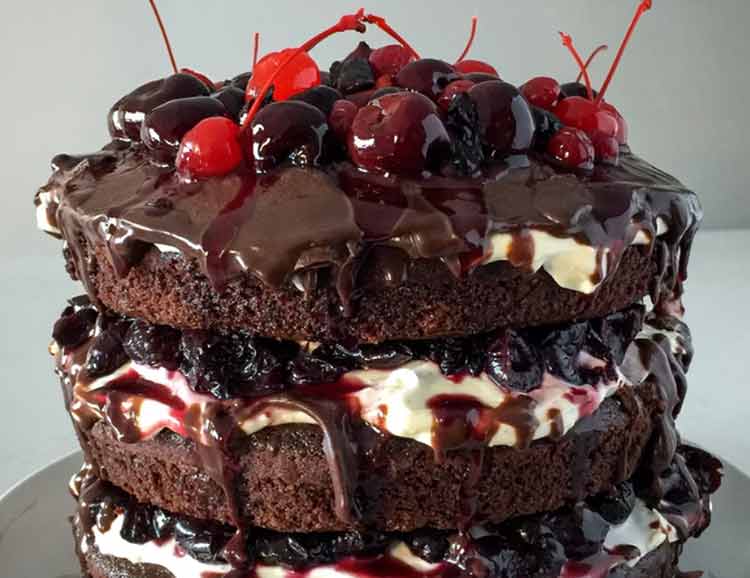
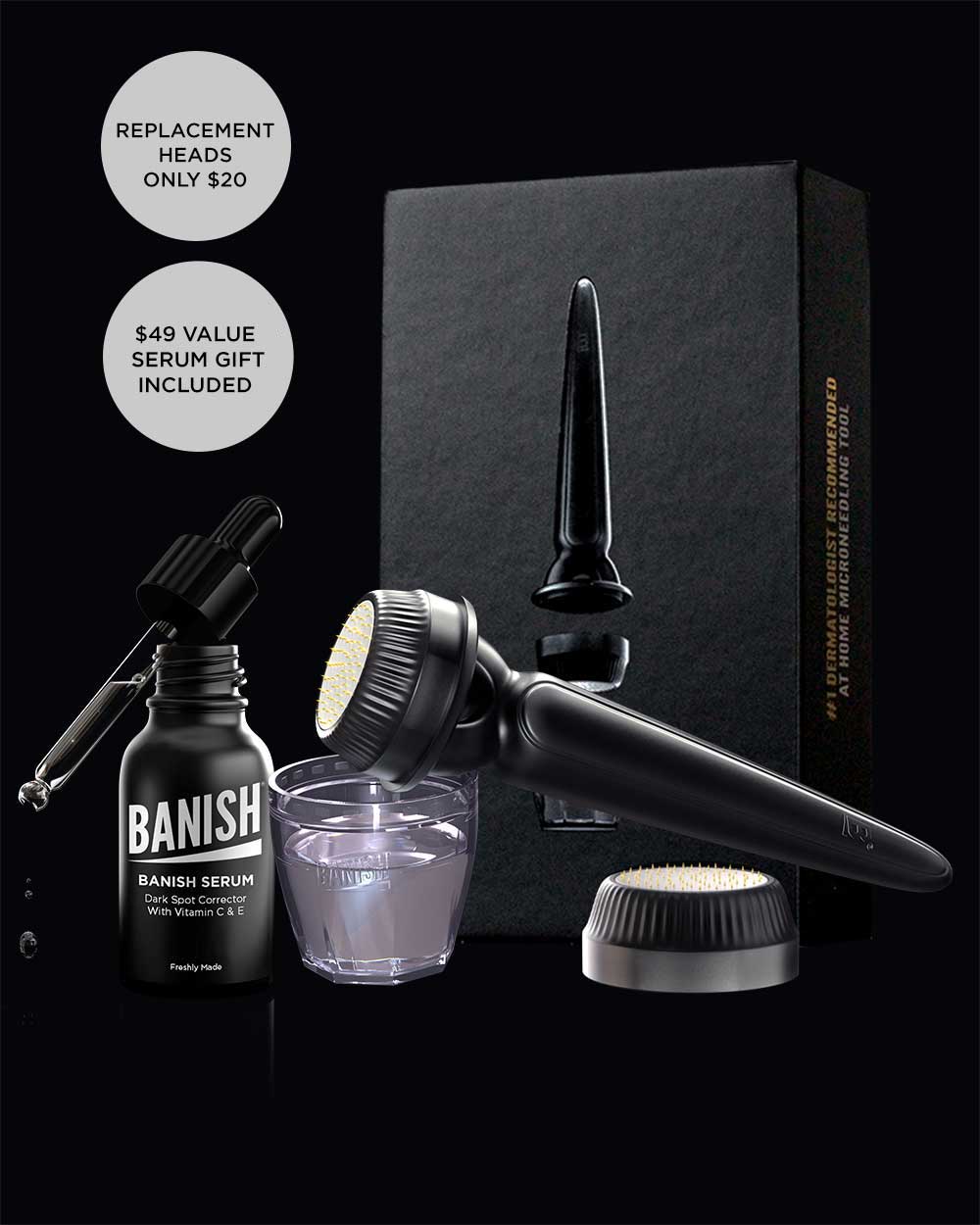



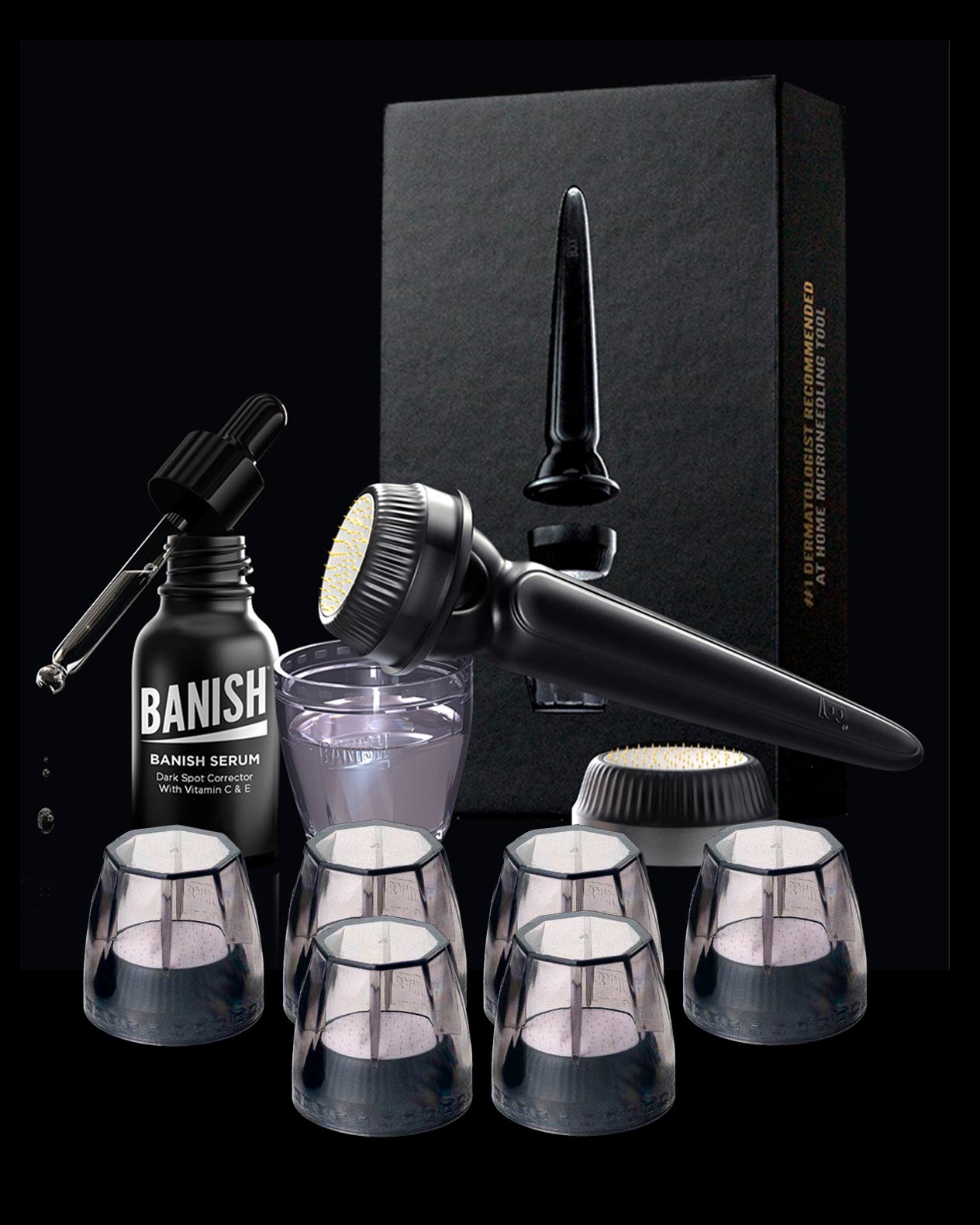
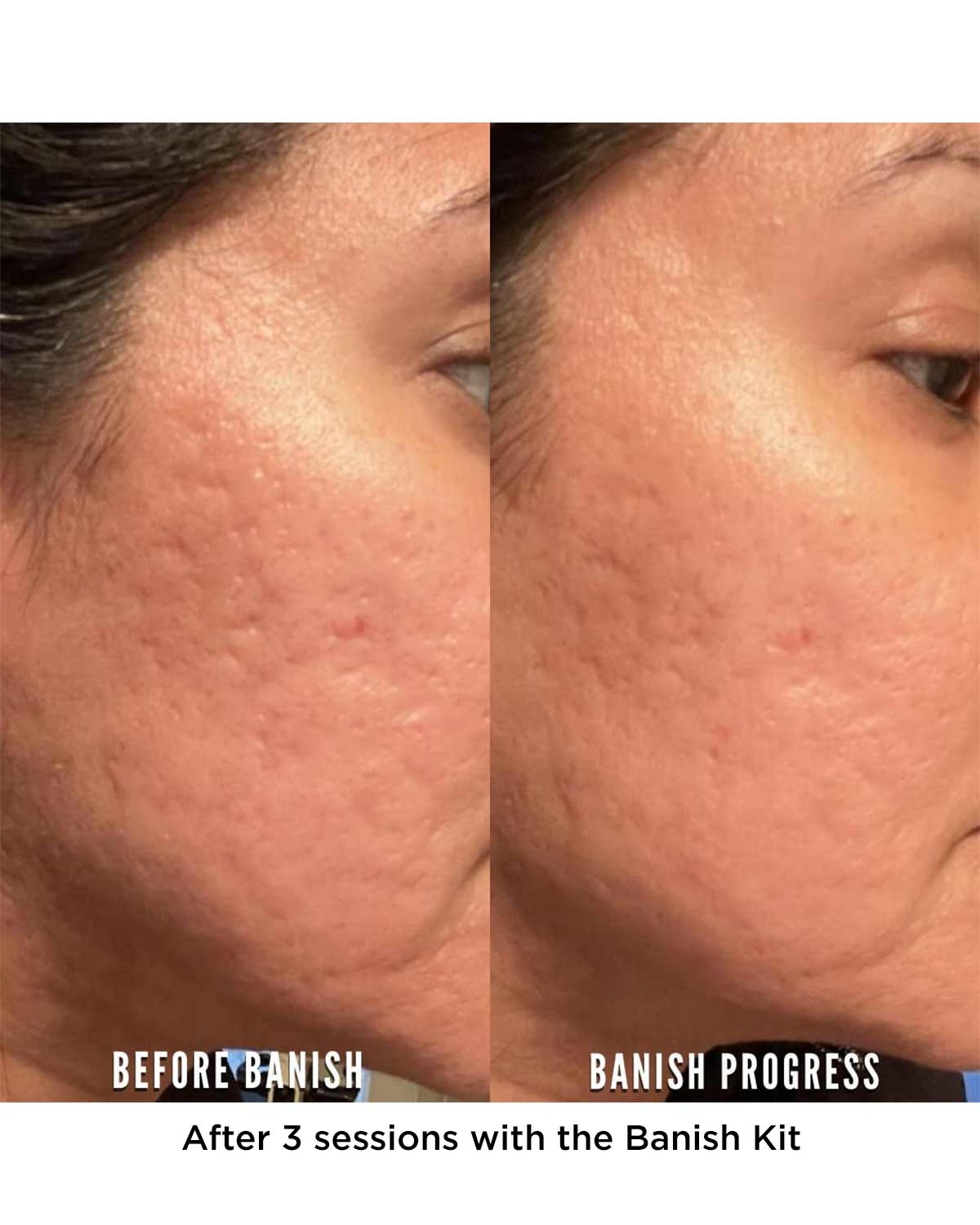


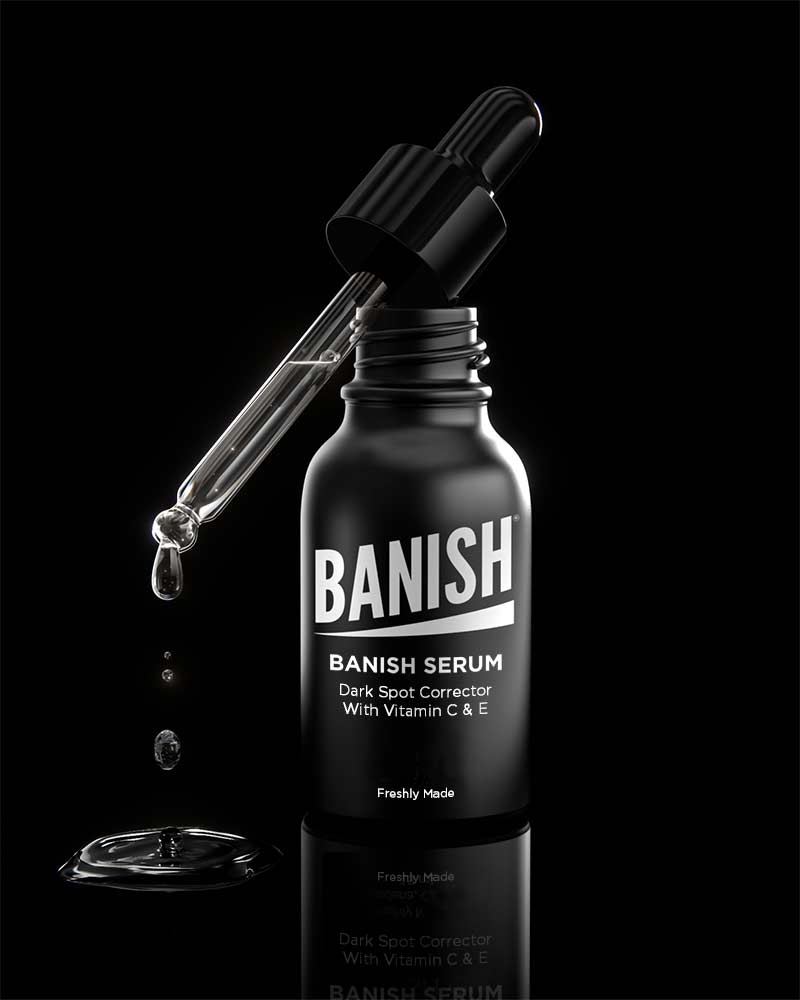

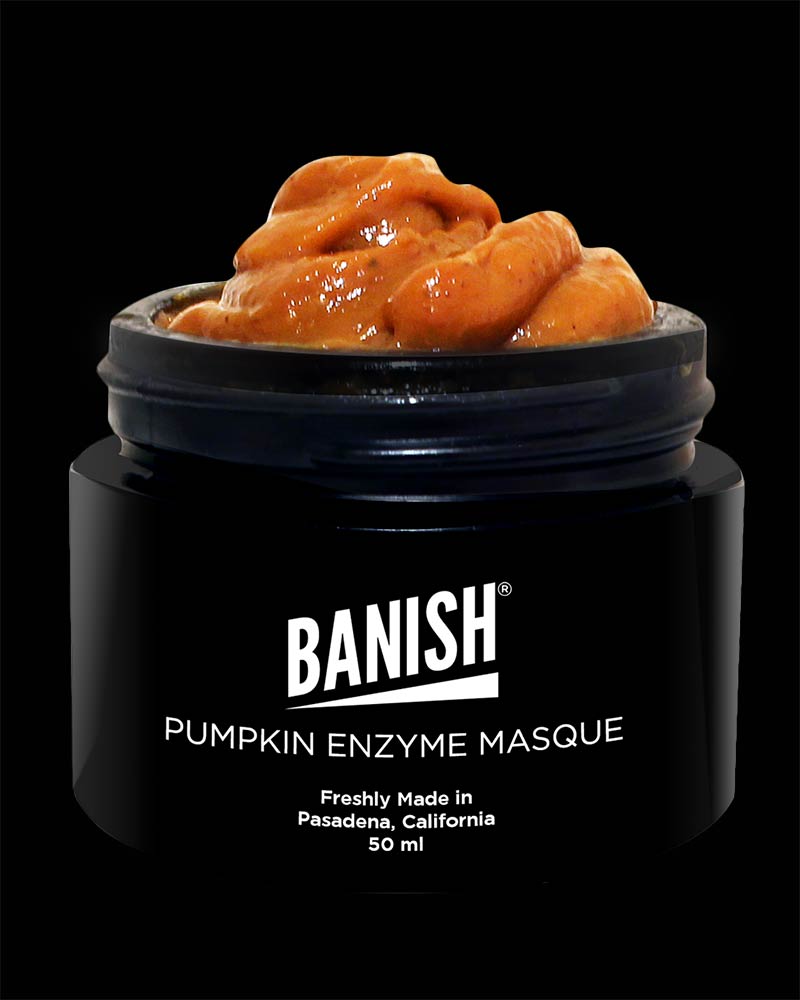
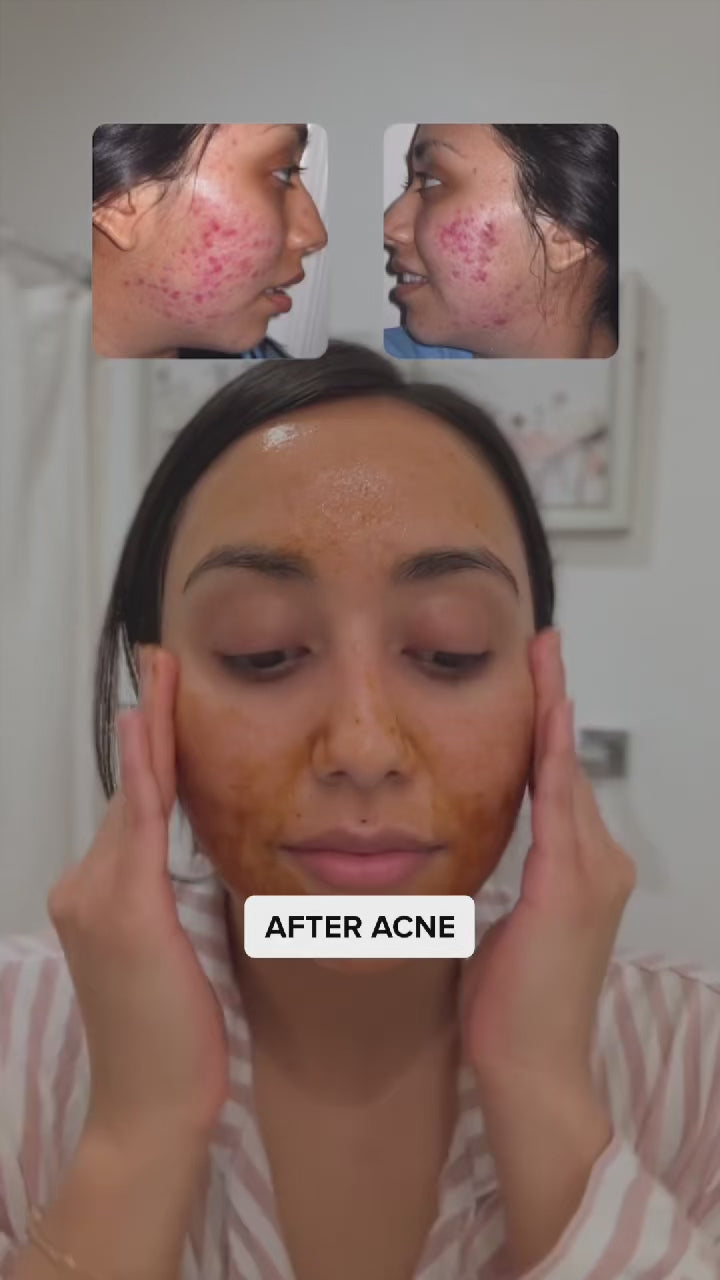
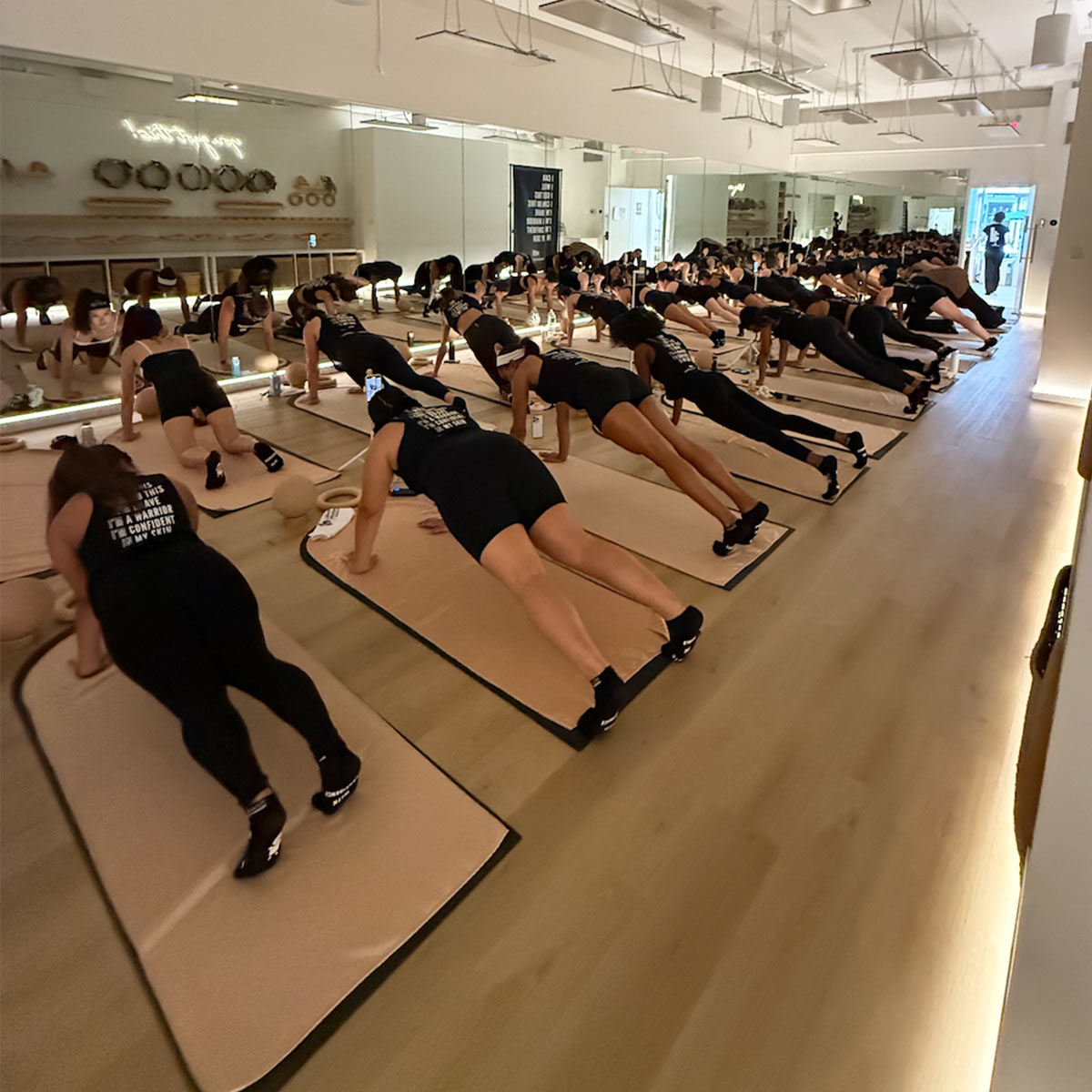



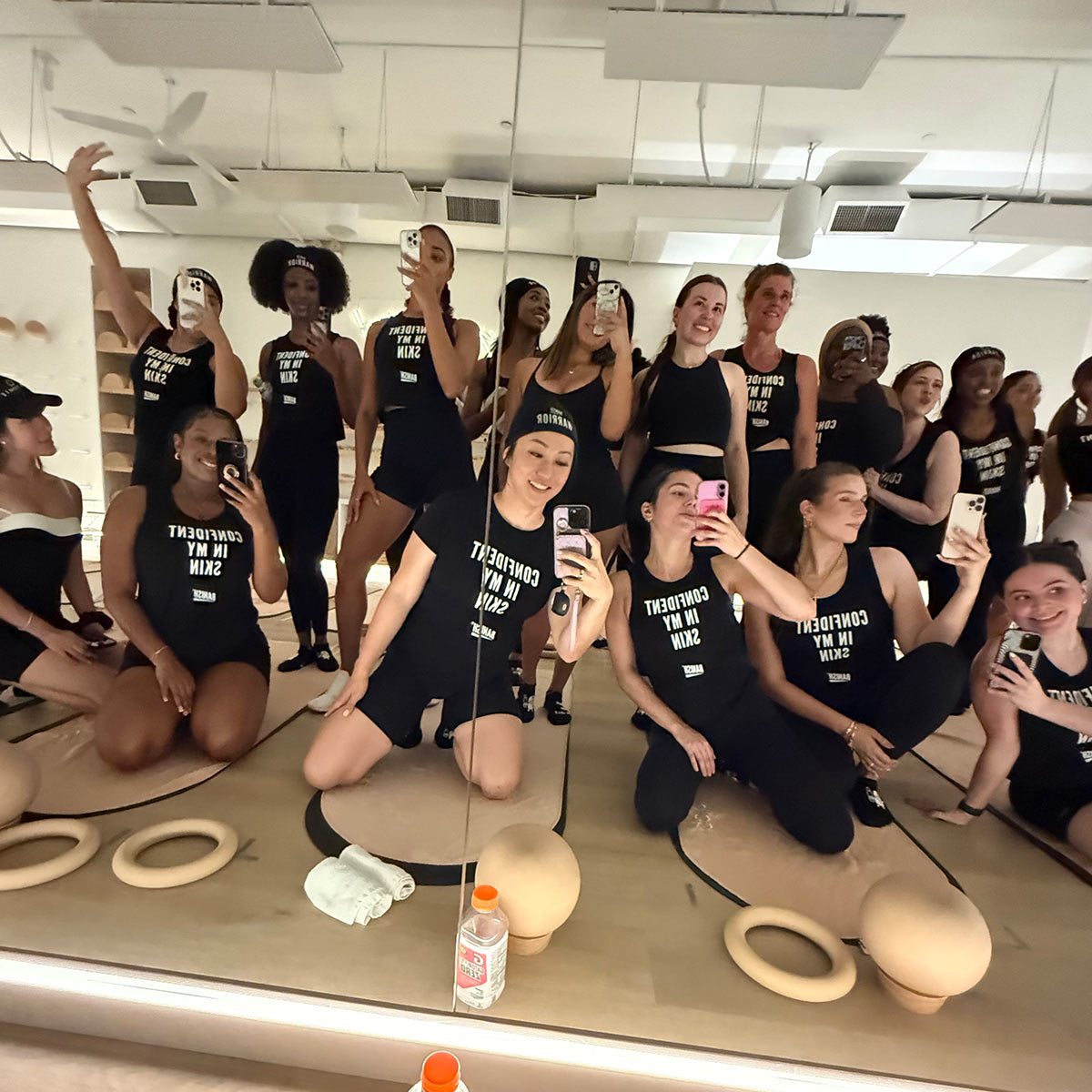

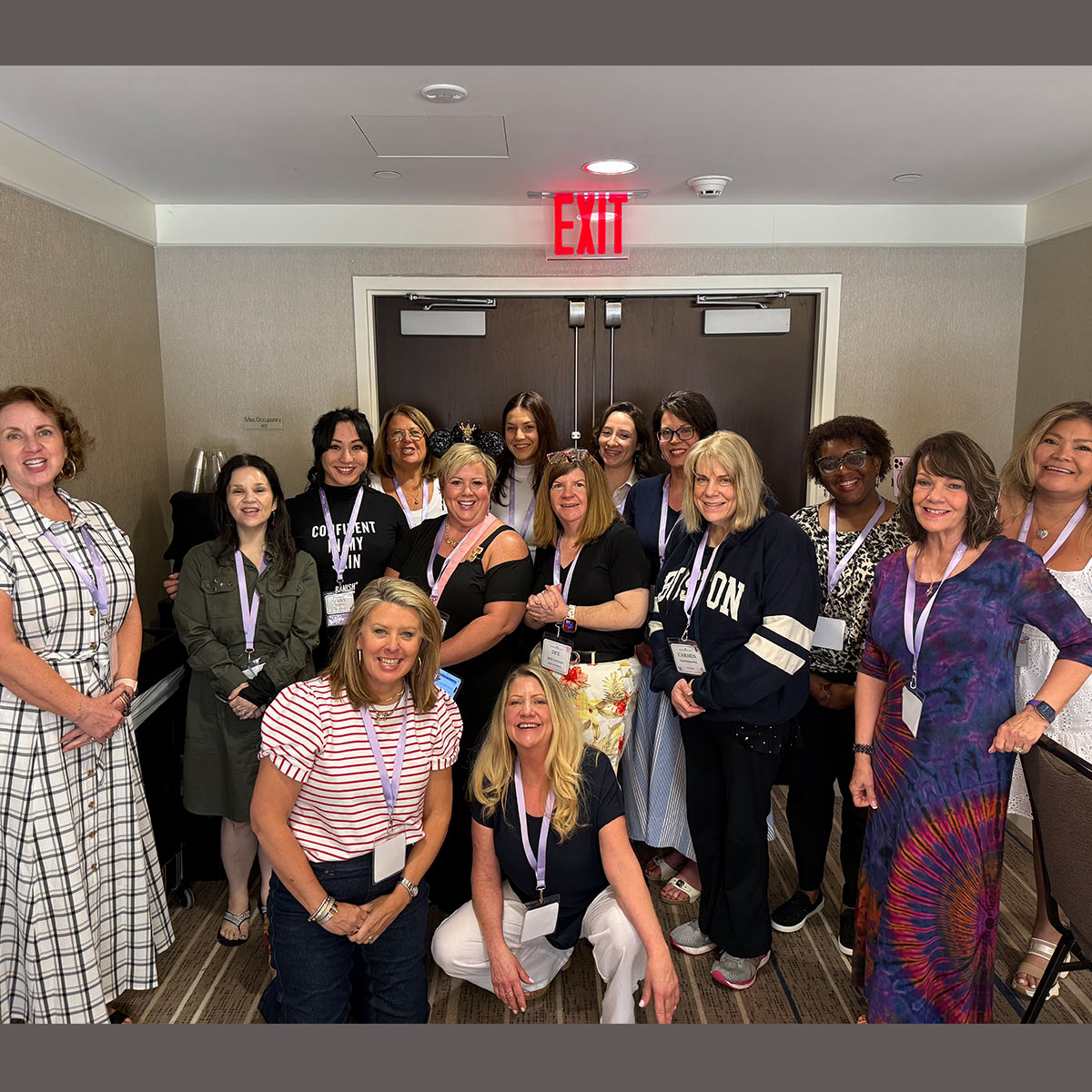


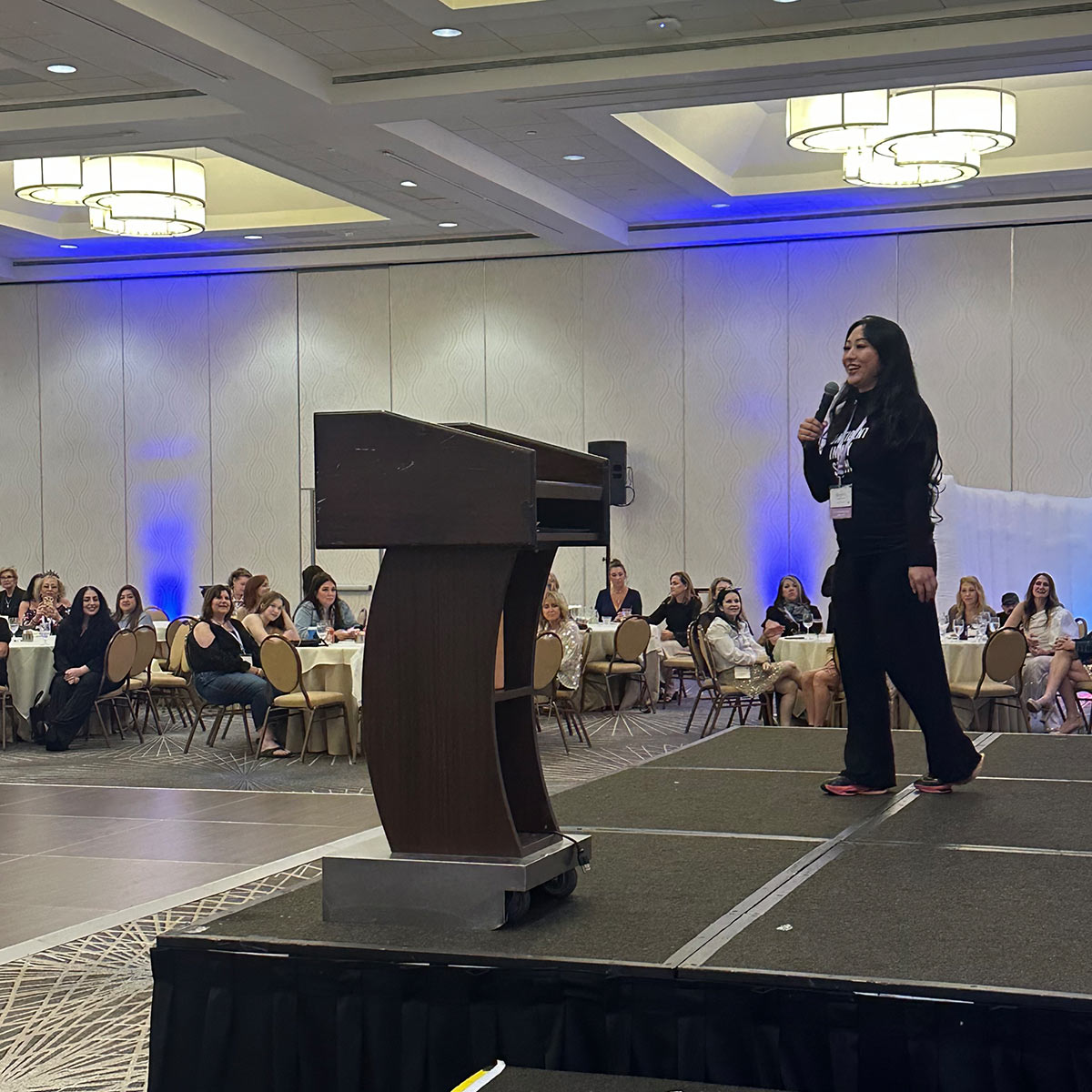
Leave a comment
All comments are moderated before being published.
This site is protected by hCaptcha and the hCaptcha Privacy Policy and Terms of Service apply.